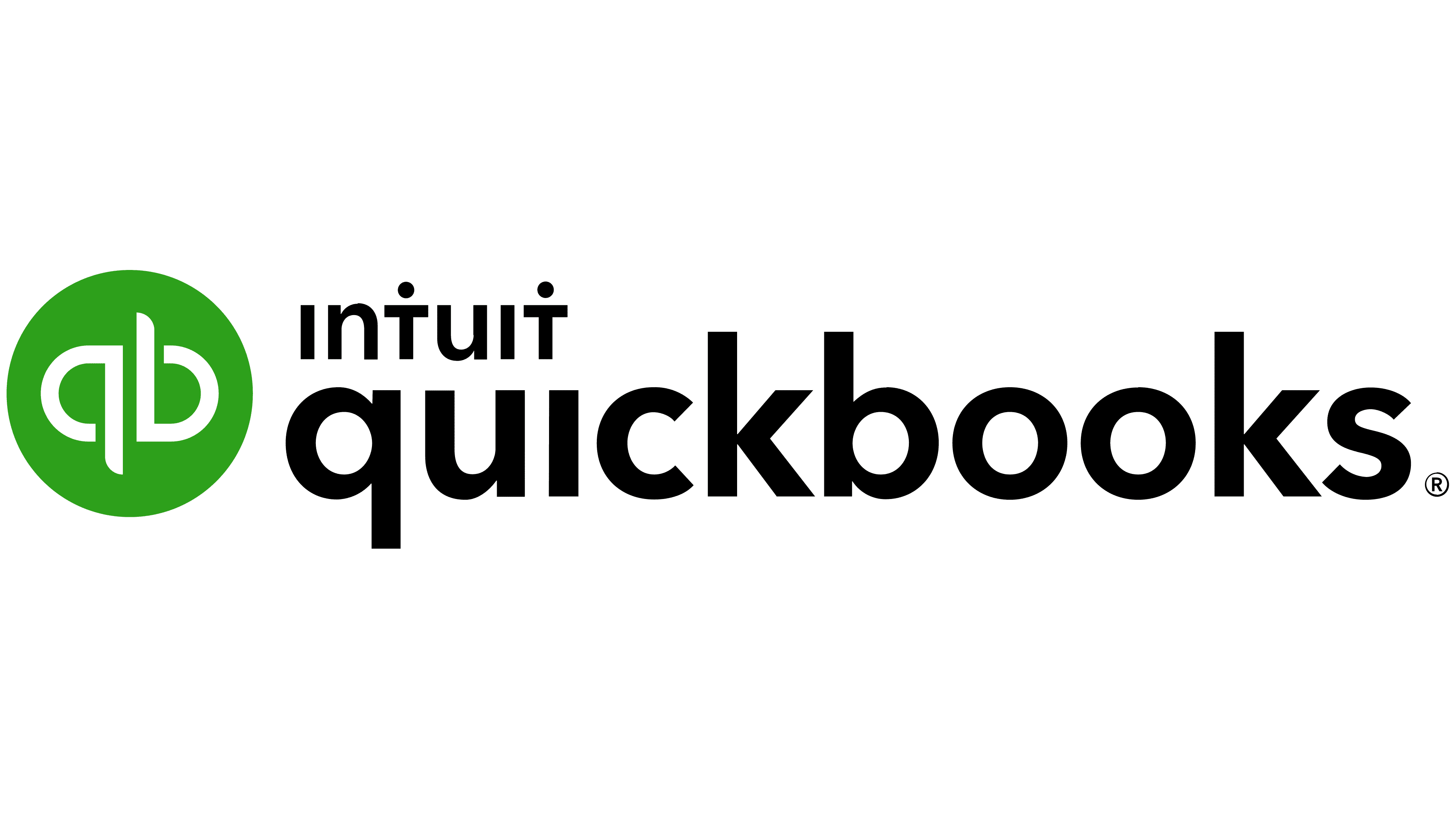Calculating ROI can be a hot mess and if you’re not math-savvy, it can spell trouble for your financial well-being. Yet, it remains a cornerstone metric for investors, entrepreneurs, and businesses alike.
In this article, we’ll strip down the complexity of ROI, offering a clear and concise guide to not only mastering its calculation but also understanding its profound impact. Let’s dive in and transform what could be a numerical nightmare into your strategic ally in financial success.
Return on Investment (ROI) Definition and Formula
Let’s begin by demystifying the concept of ROI and breaking down the fundamental formula that underpins its calculation.
Definition of ROI
ROI is the ratio used to determine the profitability of an investment. In other words, it’s about measuring how successful your initial efforts were by analyzing how much return you made on your “bet” to make it profitable.
Opening a restaurant, for example, requires significant investment. You need to find a good location, hire the right employees, connect with the best proprietors, and comply with a handful of legal regulations. The return on this sacrifice of time, money, and energy is what you’re hoping for after all the hard work — the potential for your restaurant to be a busy and profitable success.
ROI Formula
The formula is pretty straightforward. ROI (%) = Net Profit / Cost of Investment x 100
The ROI percentage is your outcome, i.e., how much profit you made.
Net profit is the amount of profit you earn after applying taxes. Then, you simply divide that by the cost of your investments, multiplied by 100.
And voila, you have your ROI.
Visit Calculator.net for a free ROI calculator for you to test yourself.
Breaking Down Key Components
Now that we’ve covered the theory behind ROI, let’s go over the key components of this calculation. This will help to demystify the process and show you how to apply these principles to your investments.
Net Profit
As already mentioned, net profit is the profit after an investment. It should not be confused with gross profit, which is the profit before tax. The calculation to determine the net profit is simple. It is the gross profit – operating costs and taxes. You can also look at it like this: Total income minus all expenses.
Cost of Investment
What is considered an investment cost? Let’s take the example of the restaurant mentioned above. Everything that goes into the development of the business is an investment cost. Whether it’s a new chicken fryer or a pack of pens for your waiters, these expenses make up the total investment you put into your business.
Interpreting ROI Results
The interpretation of ROI is crucial as it quantifies the profitability of an investment. A simple percentage value indicates how high the return is in relation to the costs of the investment. Investors can use this value to determine the efficiency of their investment and assess its success compared to other companies.
Positive ROI
A positive ROI means the investment has yielded a profit and confirms that the returns exceed the initial costs. The higher the ROI percentage, the greater the profit and the more desirable the investment. This positive figure is a key indicator of financial health and investment success.
Negative ROI
Conversely, a negative ROI points to a loss, indicating that the investment’s costs surpass its returns. This outcome reveals that the investment did not perform as anticipated, signaling potential issues that need addressing. A negative ROI is a cautionary metric that prompts investors to reassess their strategies.
Comparing Investments
ROI serves as a comparative tool, enabling investors to evaluate various investments against each other. By analyzing ROI figures, it becomes possible to rank investments based on their efficacy and potential for profit, guiding decision-making processes for future investment opportunities. This comparison is vital for optimizing an investment portfolio’s performance.
Calculating ROI: Step-by-Step Example
Imagine you invested in a small local coffee shop. Here’s how you could calculate the ROI for this investment:
Step 1: Determine Net Profit: First, you need to calculate the net profit from your investment.
- Let’s say the total revenue (the money made from sales) in a year was $120,000.
- The total operating expenses for the year (including rent, salaries, supplies, etc.) were $80,000.
- You also paid $5,000 in various taxes.
To calculate the net profit, subtract the total expenses and taxes from the total revenue:
Net Profit = Total Revenue – Total Expenses – Taxes
Net Profit = $120,000 – $80,000 – $5,000
Net Profit = $35,000
Step 2: Calculate the Cost of Investment: Next, calculate the total cost of your investment.
- This includes the initial amount you invested to buy into the coffee shop, which was $50,000.
- You also invested an additional $10,000 for renovations and equipment upgrades.
So, the total cost of investment would be:
Cost of Investment = Initial Investment + Additional Investments
Cost of Investment = $50,000 + $10,000
Cost of Investment = $60,000
Step 3: Use the ROI Formula: Now, plug these values into the ROI formula:
ROI (%) = (Net Profit / Cost of Investment) x 100
Using the figures from our example:
ROI (%) = ($35,000 / $60,000) x 100
ROI (%) = 0.5833 x 100
ROI (%) = 58.33%
In this example, the ROI is 58.33%, which means that the investment in the café has generated a return of 58.33% on the original investment. This is a simplified example. In a real scenario, you would also want to take into account additional factors such as the time value of money, any loans or interest payments, and the personal time you have invested in the business.
If you’re looking to improve your financial mastery, consider our limited offer on our E-book Finance Fundamentals, written by industry leaders here at Startup Nation.
Online accounting software, built for your business.
Zoho Books is online accounting software that manages your finances, automates business workflows, and helps you work collectively across departments.
Key Factors To Consider During an ROI Analysis
When delving into the intricacies of ROI analysis, it’s essential to recognize that the metrics can vary widely based on several underlying factors. Understanding these elements is critical to ensure that your ROI calculations reflect a true picture of investment performance.
Here are five key points to consider during an ROI analysis:
- Timeframe of ROI Calculation: The period over which ROI is calculated can dramatically alter the results. Short-term gains might not accurately represent long-term profitability, and vice versa.
- Investment Horizon: Closely linked to the timeframe is the concept of the investment horizon. It’s important to align the ROI calculation with the intended duration of the investment to avoid skewed perceptions of performance.
- Absence of Risk Consideration in ROI: ROI calculations traditionally do not take into account the risk associated with an investment. Higher returns might be the result of higher risk, which should be factored into investment decisions.
- Need for Risk-Adjusted Returns: To get a better sense of investment performance, consider using risk-adjusted return metrics such as the Sharpe ratio, which compares ROI to the volatility of the investment.
- Cash Flows: Consider the timing and magnitude of cash flows. Investments with the same ROI may have different cash flow profiles, affecting their true economic impact.
While ROI is a valuable tool, it’s just one piece of the puzzle. A thorough analysis that includes these additional factors will provide a more nuanced view of an investment’s potential.
Understanding the Power of ROI in Financial Decision-Making
Understanding ROI is essential for financial decisions as it quantifies the profitability and efficiency of your investments. From analyzing the ROI formula to evaluating the practical implications of a positive or negative ROI, this article gives you the knowledge you need to calculate and interpret this important financial metric with confidence.
By considering the various factors that influence ROI, such as the timeframe, investment horizon, and risk levels, you can ensure an accurate and holistic analysis of your investments. With these insights in hand, you’re ready to apply ROI to your financial strategies, optimize your investment decisions, and enhance your financial well-being.
FAQs
What is Return on Investment (ROI)?
Return on Investment (ROI) is a financial ratio used to evaluate the efficiency of an investment or compare the efficiency of several investments. It measures the return on an investment relative to its cost.
How is ROI calculated?
ROI is calculated by dividing the net profit from the investment by the cost of the investment, then multiplying the result by 100 to convert it to a percentage. The formula is ROI (%) = (Net Profit / Cost of Investment) x 100.
Can ROI be negative?
Yes, ROI can be negative. A negative ROI indicates that the investment has lost money, which means that total costs exceed total returns.
What factors should be considered when calculating ROI?
When calculating ROI, factors such as the timeframe of the investment, cash flows, investment horizon, and any associated risks should be considered for a comprehensive assessment.
How is ROI useful in decision-making?
ROI is a key metric in decision-making as it helps investors assess the profitability of an investment, compare the potential returns of different investments, and make informed choices about where to allocate resources for the best financial outcomes.









